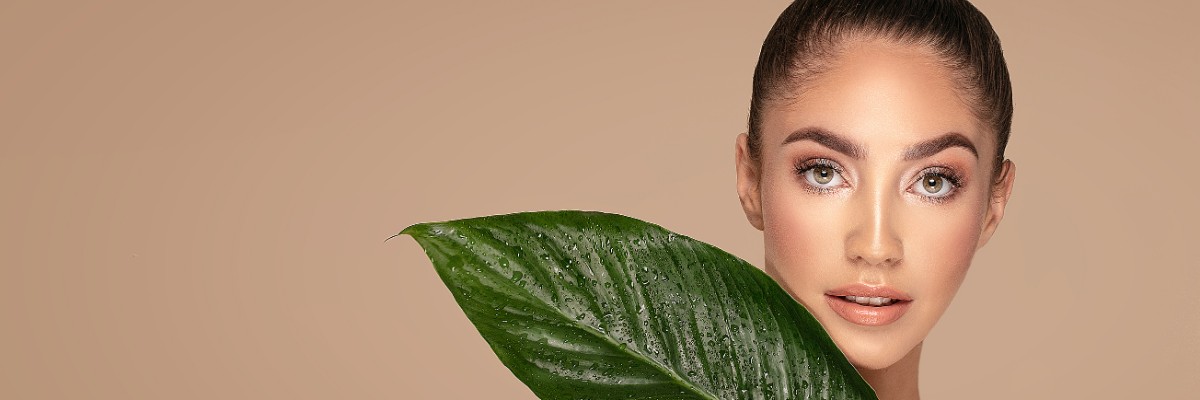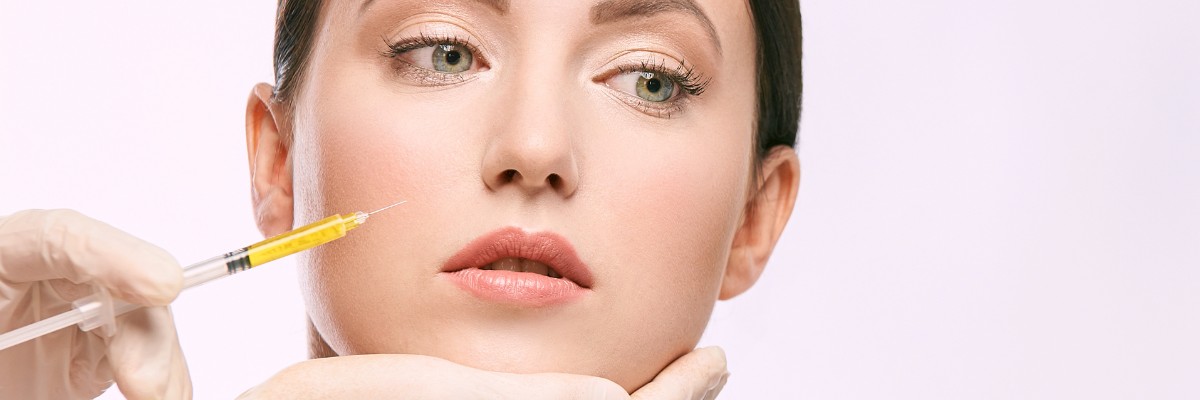
The Good, The Bad, and The Ugly Truth About Botox
Botox has become a buzzword in the beauty industry. The treatment promises to erase fine lines, wrinkles, and sagging skin with just a few injections. It’s no surprise that Botox has become so popular. However, as with any beauty treatment, there are pros and cons to consider before deciding to go ahead with it.
The Good
Botox is a purified protein that temporarily paralyzes the muscles that cause wrinkles, creating a smoother appearance. It is an FDA-approved treatment for frown lines, crow’s feet, and forehead wrinkles. The treatment is quick and easy, with most appointments lasting around 10 minutes. The results are noticeable within a few days and can last up to six months.
One of the benefits of Botox is that it’s a non-surgical solution. Unlike facelifts or other cosmetic surgeries, Botox doesn’t require any downtime. Patients can go about their daily activities immediately after the treatment.
Botox is also a relatively safe procedure when performed by a licensed and experienced medical professional. According to the American Society of Plastic Surgeons, Botox is one of the most popular minimally invasive cosmetic procedures, with millions of treatments performed each year.
The Bad
While Botox is a safe and effective treatment, it does come with some risks. Some patients may experience bruising, swelling, or redness at the injection site. These side effects are usually mild and resolve on their own within a few days.
In rare cases, patients may experience more serious side effects, such as drooping eyelids or eyebrows, difficulty swallowing or breathing, and muscle weakness. These side effects usually occur when Botox is injected into the wrong muscle or in too high of a dose. However, these complications are rare, occurring in less than 1% of patients.
Botox is also a temporary solution. The effects of the treatment usually last between three to six months. Patients will need to receive regular injections to maintain their results.
The Ugly
One of the biggest concerns about Botox is its potential for misuse. Botox is a neurotoxin, meaning it can be dangerous if not used correctly. There have been cases of unlicensed practitioners offering Botox injections, resulting in serious injuries or even death.
In addition, the use of Botox for cosmetic purposes has raised ethical concerns. Some argue that the pressure to conform to societal beauty standards has led to an over-reliance on cosmetic procedures like Botox. Critics argue that these treatments promote unrealistic beauty standards and perpetuate ageism.
Furthermore, Botox can lead to a loss of facial expressions. Some patients have reported feeling like they are unable to express emotions after receiving Botox injections. The loss of facial expressions can impact social interactions and may even affect a person’s ability to empathize with others.
Botox is a popular treatment that has many benefits. It’s a non-surgical solution that can help reduce the appearance of wrinkles and fine lines. It’s also a relatively safe procedure when performed by a licensed and experienced medical professional.
However, Botox does come with some risks, including bruising, swelling, and redness at the injection site. In rare cases, patients may experience more serious side effects, such as drooping eyelids or eyebrows, difficulty swallowing or breathing, and muscle weakness. Botox is also a temporary solution, with the effects usually lasting between three to six months.
While the use of Botox for cosmetic purposes has raised ethical concerns, ultimately, it is up to each individual to decide whether or not to undergo the treatment. It’s important to do your research and choose a licensed and experienced medical professional if you decide to go ahead with Botox injections. They can help you understand the risks and benefits of the treatment and determine if it’s right for you.



